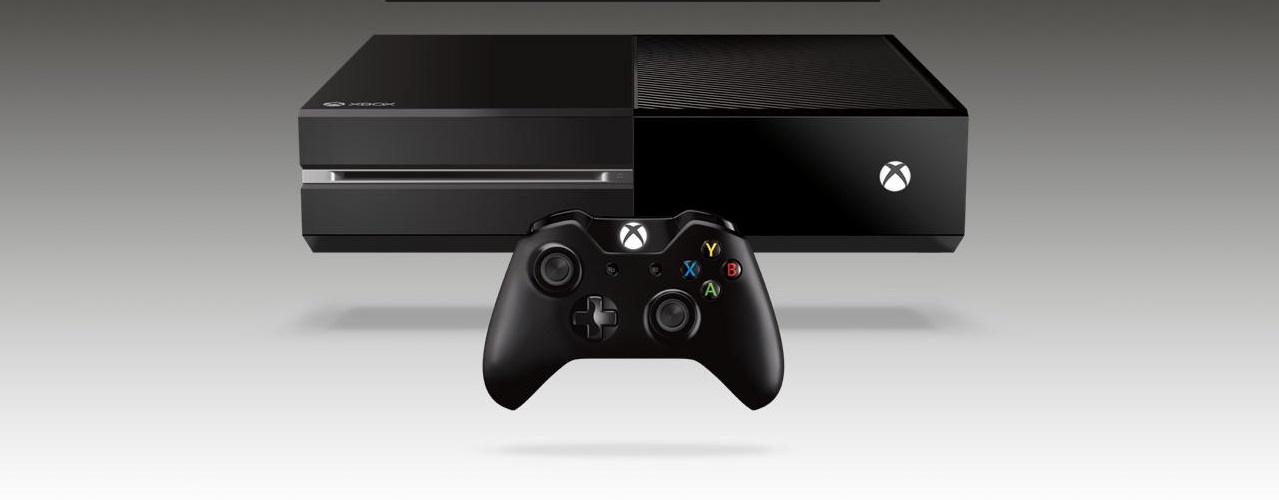Now that Microsoft has officially announced it will be de-coupling Kinect from its latest console, a lot of people will be wondering why it took them so long.
For all its initial bravado, Microsoft’s initial unveiling of the Xbox One saw the company coming under heavy criticism from gamers, the press and analysts - all of whom questioned the wisdom behind their actions. Originally envisioned as an always-online unit that would prevent people from playing second-hand games, and with an apparent focus on Kinect and other media such as film, music and television, the company was accused of abandoning its core audience. Despite this, Microsoft plunged forward with their vision of a console seemingly no-one wanted.
At the beginning of the previous generation, the Xbox 360 pulled ahead partly due to an earlier release window, but also in part due to the fact that it was significantly easier to develop games for than Sony’s failed gamble on the CELL processor in the PS3. Compared to the PS3’s notoriously tricky architecture, the Xbox 360 was a breeze to work with - and a number of PR blunders from Sony saw Microsoft pull ahead in terms of sales, a lead which was only diminished in late 2012. With both the PS4 and Xbox One utilizing x86 architecture however, that advantage no longer exists. It’s no secret that Sony’s software development tools are significantly more robust than Microsoft’s, and coupled with such a large hardware and software advantage, you’d be forgiven for thinking that Microsoft is all but doomed in this generation.
While a series of policy reversals has since addressed many of the complaints originally leveled at the company, sales of Microsoft’s latest console have been sluggish. It’s telling that while Sony is able to boast over 7 million sales of its console, MS has been largely reticent about revealing how many units of the Xbox One have been sold. The last figures released by MS stated that the company had “shipped” 5 million units, but shipping units to retailers is a very different thing from selling them to consumers.
While removing Kinect has allowed Microsoft to achieve price parity with Sony’s PlayStation 4, many hardcore gamers are likely to be left unmoved. One problem is that while MS has stated it’s “possible” that the Xbox One could receive a performance boost as a result, the PlayStation 4 had a significant performance advantage at launch, with a CPU around 40% more powerful than its rival. The result has been that an embarrassing number of multiplatform titles have performed significantly better on PlayStation 4, running at higher resolutions with improved frame rates compared to their counterpart on Xbox One. Any performance gain achieved by removing the processing requirements of Kinect are likely to be marginal, leaving Microsoft with a console that may well be on the same price level as Sony’s machine - but certainly not on the same performance level.
Another problem is that removing Kinect raises the question of whether Microsoft really knew what it was doing in the first place. The original version of the peripheral on Xbox 360 was never widely supported, and as much as Microsoft enjoyed boasting about its sales performance, few games made owning one worthwhile. While a case could be made that the lack of software support in the previous generation was due to it not being bundled with the console, having it in the box with every purchase of an Xbox One should have - in theory at least - ensured that point was rendered moot. However, so far most Xbox One games have only made a passing gesture to acknowledge the peripheral, while the titles that have made more extensive use of it have been far from exemplary. Without the certainty that every potential buyer has access to Kinect, it’s even less likely that publishers or developers will be willing to utilize its capabilities.
Most potential buyers will look at the PS4 and Xbox One side-by-side and ask themselves “which is better?”. The sad reality is that many of those people will see two consoles being sold at the same price point, but one which has a significant advantage in terms of performance.
Despite this, it’s actually incredibly rare for the most powerful machine to become the most successful in this industry. The PlayStation 2 was actually the least powerful console of its generation, yet it dominated the gaming space; moving further back, Nintendo’s NES roundly trounced Sega’s Master System despite being the technically inferior machine. And, of course, the Wii dominated the last console generation at retail. A series of high-profile senior staff changes means that the Microsoft of today is rather different than it was 6 months ago, and it could be that recent announcements - removing Kinect, taking their social and media apps out from behind the Gold subscription paywall and lowering the console’s price - are just the tip of the iceberg, with more radical plans due to be outlined at E3 next month.
Will it be enough to turn the tide though? Ultimately, it’s hard to say. Both the Xbox One and PlayStation 4 have barely been out for half a year. If the last generation taught us anything, it was that the losing side can easily creep up on the competition with the right policies. And with console generations becoming more extended, it’s entirely possible that in 5 years’ time, we’ll be looking at a very different state of affairs compared to what we’re presented with now.
True, the PS4 is on sale in 45 territories, while the Xbox One is only available in 13 (with its release in a further 26 due to be rolled out later this year). But Microsoft had dominated both the UK and the US markets for over half a decade, a position it has lost almost overnight with the birth of this latest generation.
While Sony made much noise about the PS4’s social features, they also understood that what people really wanted was a gaming console. In stark contrast, Microsoft didn’t position the Xbox One as a games console at all; in fact, as their press releases regularly remind us, they like it to be referred to as the “Xbox One all-in-one home entertainment system”, with the selling point that it can be used for watching TV and movies, listening to music, making video calls and interacting with social media. Gaming doesn’t seem to be their primary concern, so it’s perhaps understandable that the gaming community is suspicious of their intent.
Ultimately though, it’s the games that will determine the fate of these consoles. So far, the PS4 has The Order: 1886, Driveclub , and a new Uncharted on the horizon, with Infamous already having been released. Microsoft, meanwhile, is hoping that Sunset Overdrive, Halo 5: Guardians and relatively unknown quantities such as D4 and Quantum Break will be enough to convince the gaming public that the Xbox One is a console that’s here to stay. And, of course, they have Titanfall.
But a handful of titles isn’t going to change their long-term prospects, and much more needs to be done before people are going to be convinced that the company is serious about making amends for its mistakes.
If Microsoft wants to win back support, they need to remember who helped them to succeed in the console gaming space in the first place - and that means changing their focus back to what matters most to their core audience: gaming.


